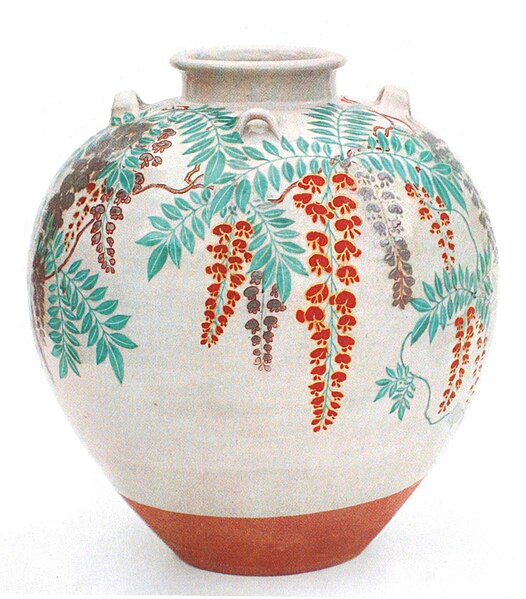Japan–Philippines relations
Japan–Philippines relations span a period from before the 16th century to the present. According to a 2011 BBC World Service Poll, 84% of Filipinos view Japan's influence positively, with 12% expressing a negative view, making the Philippines one of the most pro-Japanese countries in the world.
Japanese Prime Minister Fumio Kishida held talks with Philippine President Bongbong Marcos after the 10th High-Level Meeting of the Friends of CTBT (Comprehensive Nuclear-Test-Ban Treaty) Summit, September 21, 2022
Japanese Emperor Naruhito and Empress Masako meeting with Philippine President Bongbong Marcos and First Lady Liza Araneta Marcos in Imperial Palace, Tokyo, February 9, 2023
Greater East Asia Conference in Tokyo, 1943 which was both attended by Japanese Prime Minister Hideki Tōjō (fourth from left) and Philippine President Jose P. Laurel (second from right).
Embassy of the Philippines in Japan
Japanese in the Philippines
Japanese settlement in the Philippines or Japanese Filipino, refers to one of the largest branches of Japanese diaspora having historical contact with and having established themselves in what is now the Philippines. This also refers to Filipino citizens of either pure or mixed Japanese descent currently residing in the country, the latter a result of intermarriages between the Japanese and local populations.
Takayama Ukon was a Japanese Catholic daimyō who migrated to the Philippines together with 300 Kirishitan refugees in 1614 as one of the many waves of Japanese immigration to the Philippines during the Christian persecution throughout 1600's in Japan under Tokugawa shogunate. Their descendance diluted to the local populations without records of number.
Traditional tapayan jar, used as a lawn ornament, water jar, or for bread baking, from the Philippines
Painted Tea-leaf jar, used as a tea canister, with wisteria designs by Nonomura Ninsei, Edo period Japan
A native Filipina with Chinese, American / European and Japanese settlers in the Philippines, (1900)








